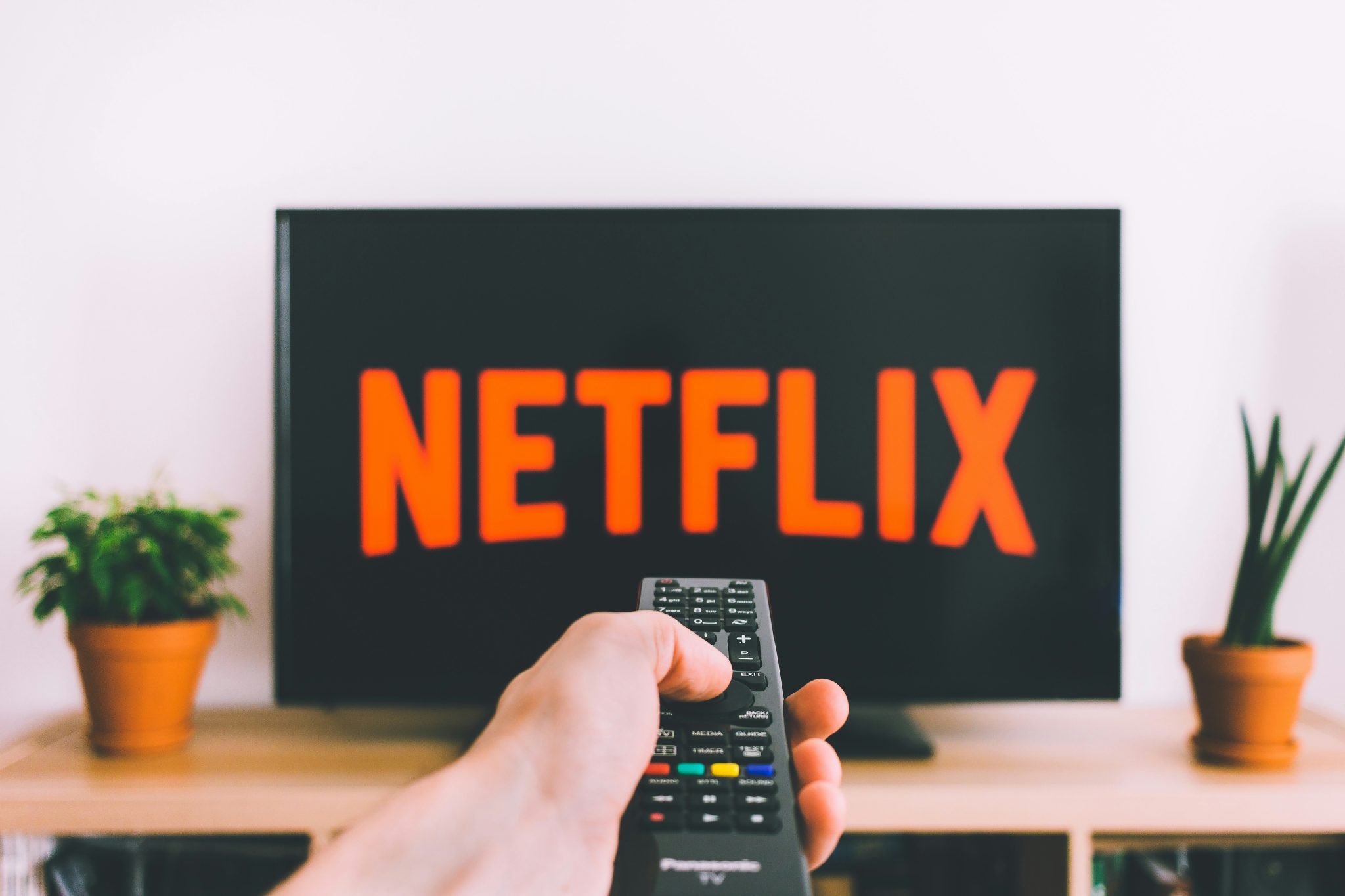
From streaming platforms and meal kits to monthly mystery boxes, subscriptions have quietly transformed modern life. What began as a way to simplify convenience has evolved into something more: a window into how people manage time, money, and even identity. Today, the average American juggles more than six paid subscriptions, many of which they forget they even have. But the rise of “set-and-forget” spending tells us more than just how we consume. It also reflects our growing comfort with recurring digital commitments, instant gratification, and the psychology of effortless reward.
Always On, Always Paying
One reason subscriptions thrive is their alignment with modern expectations of speed and convenience. Consumers no longer want to search, compare, or repeat decisions; they want ongoing access. From fitness apps to digital entertainment, the modern economy rewards repeat users with bonuses and upgrades, blurring the line between practicality and pleasure.
Even leisure platforms have adopted similar models. Online entertainment spaces, from gaming hubs to credit card casinos, use recurring payments and loyalty structures that mirror subscription systems. These platforms appeal to users who prefer quick, cashless access and the ability to track or limit their spending without the need for lengthy registrations. In a world that prizes convenience, such seamless systems reinforce the broader trend: we value flow more than friction.
From Ownership to Access
Once, buying meant owning: a CD, a movie, or even a software disc. Now, ownership has given way to access. For a flat monthly fee, we enjoy a constant stream of updates, content, or products. The satisfaction is ongoing but intangible, which keeps us subscribed.
This shift also means commitment without permanence. A playlist replaces a record shelf; a rotating meal plan stands in for learning to cook from scratch. The result is an economy built on ease and possibility, one that offers novelty at the click of a button but quietly distances us from lasting ownership or mastery.
The Psychology Behind Continuous Consumption
There’s a psychological comfort in subscriptions. They offer predictability and reward: dopamine on schedule. Every new drop, release, or curated delivery brings a microburst of satisfaction. Companies know this well: subscription models are designed around habit loops, where anticipation itself becomes part of the pleasure.
At the same time, this continuous cycle of payment and gratification has changed our sense of value. When everything renews automatically, the line between “need” and “want” blurs. What once felt like a luxury (like personalized streaming and same-day delivery) now feels essential. Our spending becomes ambient, woven into the background of daily life.
When Convenience Costs More Than We Think
The subscription boom promises freedom, but it also hides small costs that add up over time. Automatic renewals and overlapping services can quietly drain budgets. A $12 service here, a $9 trial there; soon you’re spending hundreds a year on things barely used.
This dynamic mirrors broader consumer behavior in the digital age: convenience now outweighs deliberation. Many users rarely pause to evaluate whether a service still adds value. Companies design frictionless payment flows precisely because friction encourages reflection. And reflection, in turn, might lead to cancellation.
Subscriptions as a Mirror of Modern Life
Ultimately, subscriptions are not just a business model; they’re a cultural mirror. They show how we’ve redefined satisfaction, from owning something tangible to experiencing something transient yet constant. The model suits a lifestyle built around multitasking, scrolling, and micro-rewards.
At their best, subscriptions offer personalization, affordability, and continuous improvement. At their worst, they symbolize passive consumption and quiet over-commitment. Either way, they reveal a telling truth: modern life isn’t built on the pursuit of “more,” but on the illusion of “ongoing.”
Conclusion
The subscription boom isn’t just about convenience. It’s about how we live, plan, and define value. It reflects a generation more comfortable with access than ownership, more driven by immediacy than accumulation. Whether it’s curated boxes, streaming catalogs, or digital services that renew in the background, the trend reveals a shared desire for effortless continuity. The challenge now is balance: learning to embrace the ease of subscription living without letting it quietly dictate our choices. After all, the true cost of convenience isn’t just in dollars, it’s in awareness.
